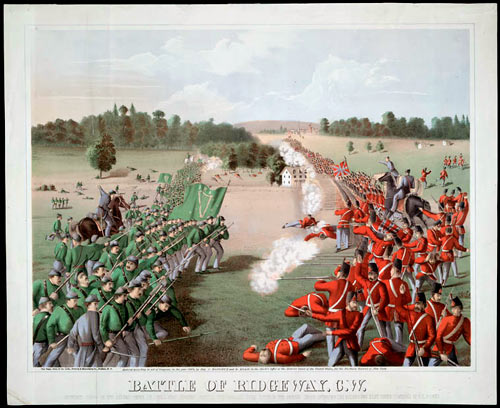By Meaghan Dalby
I find it bittersweet that school is coming to a close. I thought long and hard about what I wanted to talk about in my final Musings post, and I realized I needed to talk about why I wanted to write for the Exhibition Review column. So let’s break down what, for me, makes an exhibition great.
 |
| How to get that "Meaghan Dalby Seal of Approval" Source: Meaghan Dalby |
I feel like many of us take this one for granted. Of course, we find the topic we’re working on exciting and special, especially when you work on it for 8 months straight, you tend to adopt that topic as your own. Who wouldn’t want to come to an exhibition on an obscure 18th century technique to get rid of mice from wheat fields?? THAT’S INTERESTING STUFF!
I think we can all agree that the topic is what will either draw visitors in, or repel them. So a great exhibit has a topic that is relevant, interesting, and thought provoking to their public.
GOOD DIDACTICS
An exhibition loses me if the text is too dry or too long. I want to get to the point, and quickly.
Give me some context, give me some quotes, and give me the most important facts so I can wow my friends later.
VISUALLY PLEASING
Let’s be honest here, design matters. If your colour scheme is neon green and orange you better have a really good reason. And, there’s nothing worse than an exhibition that tried to jam too many things in their cases because they couldn’t bear to cut some things out. Or perhaps there’s no way-finding directions and you’re not sure where you’re supposed to go. Find a good designer and never let them go.
 |
| I just... I don't .... ugh Source: http://www.homeschooling-ideas.com/images/cabinet-of-curiosities-2.jpg |
SOME HANDS-ON STUFF
This is so so so important for me. The best exhibit’s I have ever been to, all had some kind of interactive element for me to fool around with. I’m a firm believer in having a variety of learning channels available to your visitor. For some, reading isn’t the best way to learn. Maybe it’s building something, touching something, or listening to something. One of my most memorable museum experiences was listening to the difference between a happy swarm of bees and an angry swarm of bees at the Museum of Food and Agriculture .
 |
| Admit it, you want to know what the difference sounds like... Source: Meaghan Dalby |
This one is harder to come by. It can depend a lot on your topic, and it 100% varies visitor to visitor. It’s that magic moment where a visitor experiences something new, or discovers something mind blowing. It’s the Stanley Cup for museum professionals; the whole reason we’re here is to try to make an impact. And every great exhibit creates one.
BUT ULTIMATELY...
As one of my exhibition teammates and I were sitting on my livingroom floor eating Smartfood, veggies, and sipping on wine asking ourselves “What makes a meaningful visitor experience?” and “How can we create interactives which extend learning?” I realized I was excited about answering these questions. As we kept shooting our own ideas down, and building them up to be better, it suddenly became clear that passion and dedication is what makes an exhibit great. The people who eat, sleep, and breathe exhibition design and interpretive planning are why the best exhibitions are the best. At the risk of sounding corny (ok, definitely sounding corny), I hope one day I will be one of those people.











































